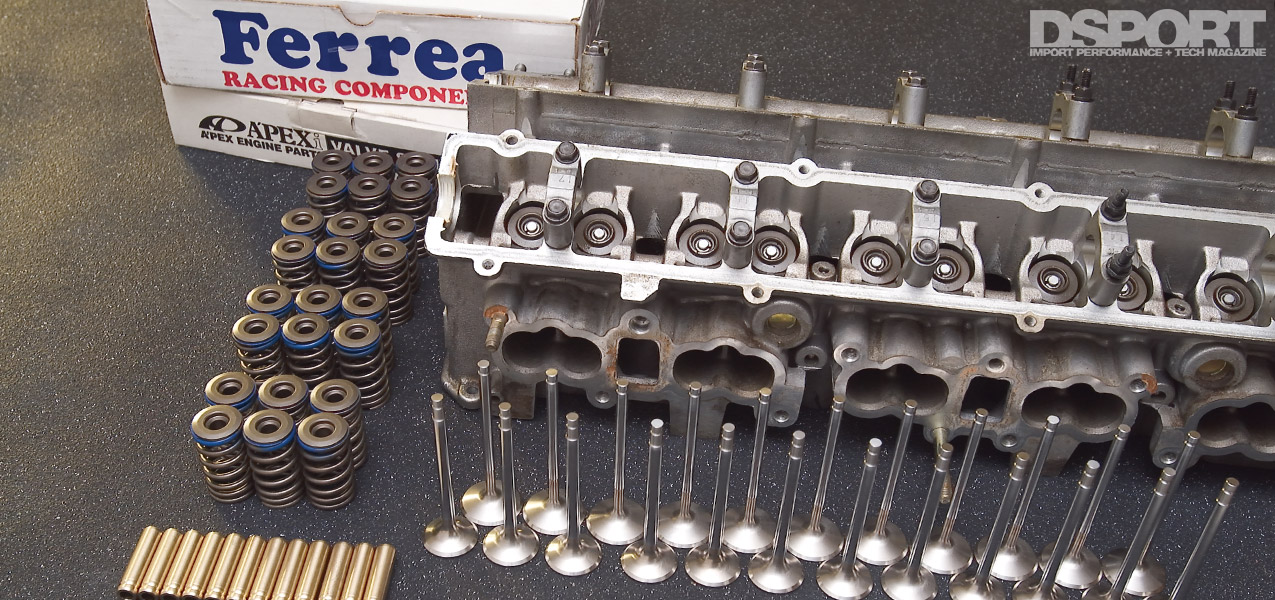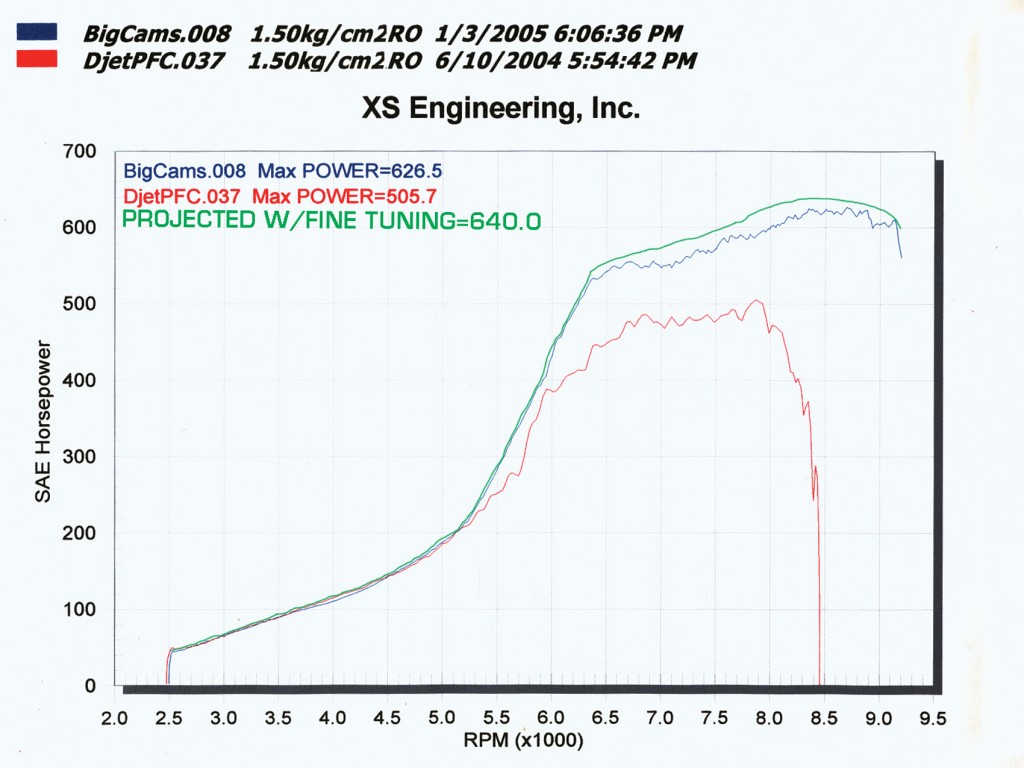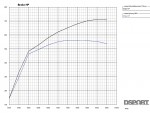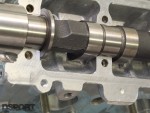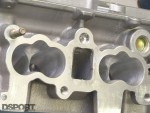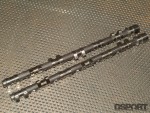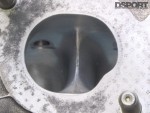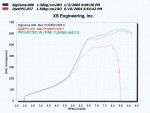Combustion Speed and Ignition Timing
As the combustion speed is increased, the amount of ignition lead required can be decreased. When ignition advance can be reduced, the piston will experience less pressure on its upward stoke of compression before the power stroke. The piston will have to do less work and as a result less horsepower is lost during this stroke. As the combustion cycle continues with less spark advance, the pressure from the combustion occurs later and more pressure is applied to the piston as it moves down during the power stroke. Of course, there are limits. If the combustion speed is not increased enough, reducing spark advance will only result in an incomplete burn and a loss of power. In general, the least amount of spark timing before the power begins to drop off is optimum.
More Boost
Already surprised by the performance at the lower boost levels, we progressively worked up the boost back to the 1.50 kg/cm2 (21.3 psi) level. At this boost level, peak power was now at 626.5 wheel horsepower. This was just 13.5 wheel horsepower shy of our computer-predicted horsepower. Considering that the fuel and ignition curves weren’t fully optimized as we only had time for two runs at this boost level, we would not be too surprised to see us hit the 640 mark on our next visit to the dyno. To say that we were amazed is an understatement. The Port Flow Design ported cylinder head, the A’PEX Integration 270/280 camshafts, A’PEX Integration tubular exhaust manifolds and the larger P16 turbine housings were a match made in heaven. Not only did we not have to sacrifice low-end power, we made more power than before from 5200 rpm to 9200 rpm.
The Bottom Line
The Engine Analyzer Pro software is already within 2 percent accuracy from our first dyno session with the new combination. The software made a prediction that we thought was way too optimistic. In actuality, it proved to be very realistic. One of the factors that helped us to get a very good prediction was having good information to feed into the simulation software. We had exact cam profiles and flow-bench data on our cylinder heads. That helped the simulation software make a very close prediction. Remember, the accuracy of any simulation is only as good as the quality of the data that you feed into the program. While we have covered the basics of cylinder head flow, power production and computer models in this three-part series, that’s far from all there is to know about internal combustion engines. In the future, we hope to demonstrate the relationship of fuel atomization to power and explain how swirl and tumble within the cylinder influence combustion.
A special thanks goes out to Naoto Negishi of BLAST Racing and Dan Benson of Benson’s Machine for assisting with the never fun task of properly shimming the RB26DETT cylinder head.


